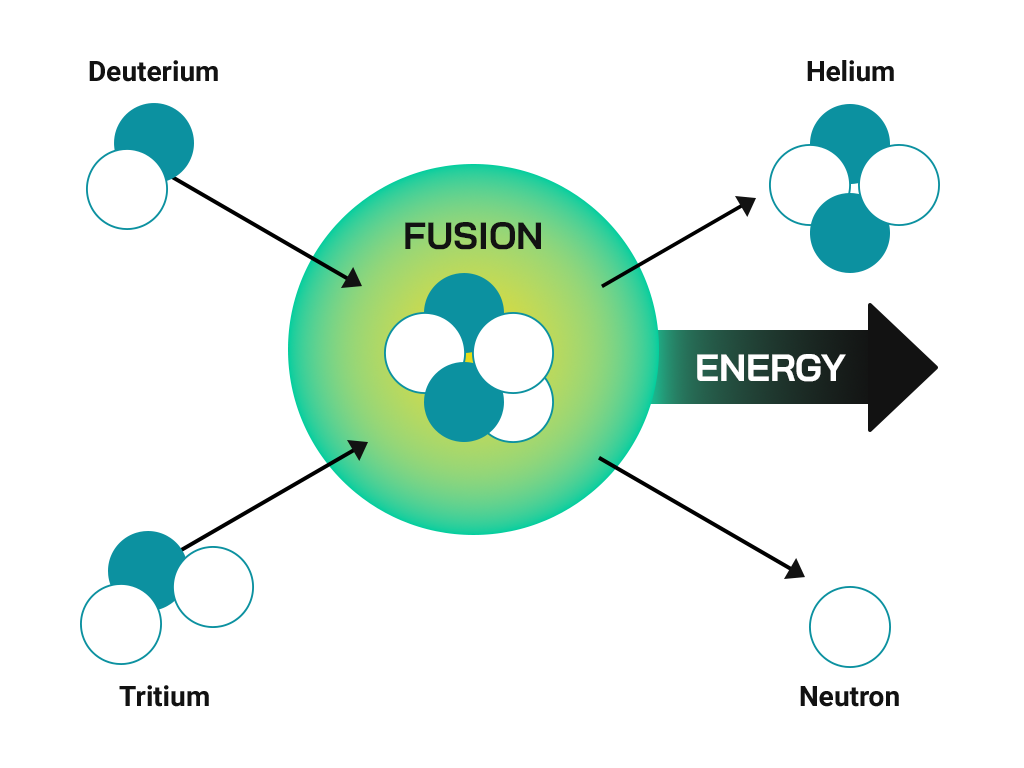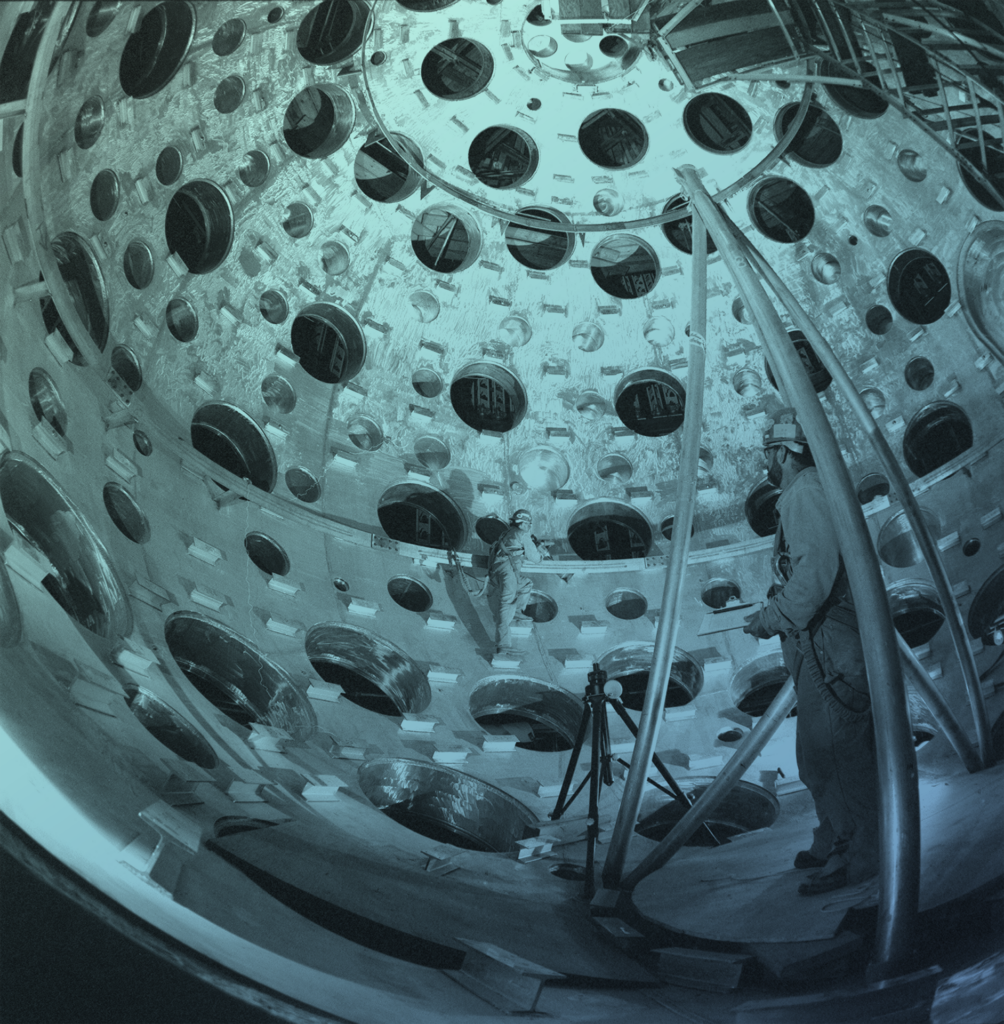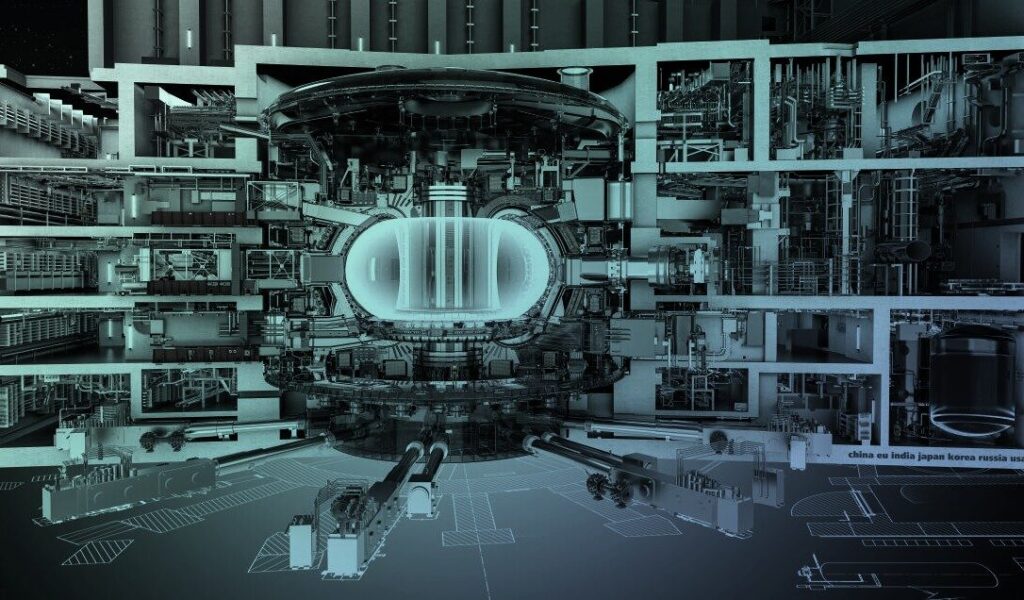More on Fusion
What is nuclear fusion?
About possible fusion reactions and terrestrial conditions of the fuel for ignition and burn
Nuclear fusion is a reaction between two or more atomic nuclei to form new, different nuclei while absorbing or releasing significant amount of energy. Most nuclear fusion reactions featuring reactant nuclei lighter than iron (56Fe) are accompanied by significant energy release due to a net difference in the reactant and product masses. The mass difference is attributed to the different nuclear binding energies between the reactant and product. The reaction occurs once the nuclei are close enough for the strong force to overcome the Coulomb repulsive force, which increases as the gap between the nuclei closes. To reach the small distance of 10000-th of a Hydrogen atoms size, very high impact energies are required.
The preferred reactants for energy production purposes using nuclear fusion are of the Hydrogen variety or of small atomic masses, as these nuclei would encounter smaller Coulomb repulsion as well as featuring the release of large amounts of energy.

As the two positively charged atomic nuclei collide, there is roughly a 0.01% chance of fusion reaction to occur, while a 99.99% chance for the colliding nuclei to scatter. To overcome this discrepancy the reactants are confined to a thermal medium featuring fuel particles with very high impact energy. Such a medium is referred to as a very hot, fully ionized plasma. Under terrestrial condition such a fusion plasma has temperatures north in range of 150 million ⁰C.
Why fusion?
Fusion compared to other power
Fusion energy production can provide a low risk, high energy density and environmentally friendly option for nuclear energy production.
Electricity consumption per capital in the household sector in the EU in 2021 was 1.671 kWh per capita. This can be achieved by:
700 kg Coal, with a plant operating at 30 %, assuming 1kg coal releases ~ 8kWh
460 kg Oil, with a plant operating at 30 %, assuming 1 kg oil releases ~ 12 kWh
123 g reactor grade enriched uranium with a plant operating at 30 %, assuming 1 kg of it releases ~ 45000 kWh
18 kg H2O and 4g Li to extract the fuel for fusion, assuming the plant operates with 1 % efficiency.
Fusion is a different realization of nuclear energy than fission:
Fuel is generated from H2O and Li
meaning abundance of material for fuel generation
Reaction products are not radioactive
no need for long-term nuclearwaste disposal
There are no spontaneous fusion reactions occurring
no runaway chain reaction
Applications are not yet demonstrated
high risk and cost of investment
Approaches and challenges to nuclear fusion
About various methods to contain, ignite and burn the fuel
Any fusion reactor concept needs to contain and confine the fuel, which is a hot plasma. There are several competing reactor concepts available in different stages of maturity.
The most widespread approach, magnetically confines the fuel and requires long-duration burns with good insulation and lower fuel density.
Another successful approach inertially confines the fuel, resulting in short, intensive, explosive bursts and high fuel densities.
There are multiple different approaches in between these two concepts. All approaches feature common and unique challenges arising from their concept.


Technologies and infrastructure critical to nuclear fusion
Any fusion power plant requires the development of unique technologies and methods specific to its design, such as:
fuel cycle-related development and management techniques
fuel-confinement and subsequent ignition-related techniques,
development of novel heat-load-resistant materials,
development of neutron radiation-resistant materials.
Each reactor concept features unique R&D challenges, specific to its design philosophy, such as magnet, vacuum, cryogenic or laser technologies.
National research laboratories
They focus on fundamental research into various aspects of fusion plasmas, such as plasma physics, reactor design, material sciences, neutron physics and many other relevant topics.
Nationally or internationally funded fusion projects
They consist of several state/government-backed initiatives to develop and demonstrate a fusion-relevant reactor and prototype.
Private fusion start-ups
They form a strong pillar of the Private Fusion Sector, aiming to develop and field fusion reactor concepts to demonstrate net power production.
Fusion supply chain
They are a collection of start-ups or well-established industrial players forming the fusion supply chain, which focuses on components and supporting manufacturing.

Path to commercialisation
Any fusion reactor enters a very competitive energy production market, featuring with advantages such as environmentally friendly technologies and fuel abundance albeit some disadvantages in the form of high CAPEX and OPEX.
Both of the latter require significant lowering to improve the market competitiveness of planned fusion power plants by:
developing resilient supply chains,
developing of secondary markets for fusion-related products or other methods,
development of a fusion-specific regulatory and licensing framework.

